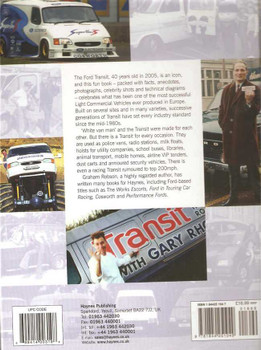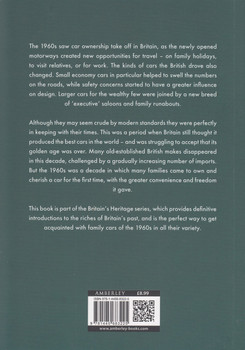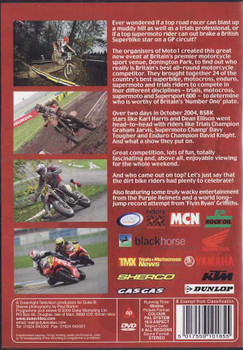Description
By: Graham Robson .
Alec Issigonis's Mini was unique. Not only was it the first British car to combine front- wheel drive, a transversely mounted engine, a tiny package and phenomenal handling, but it had the most engaging character and appealed to everyone. Between 1959 and 2000, no fewer than 5.4 million of these amazing machines were produced, and their trend-setting layout was taken up by rivals all around the world.
By any measure, the Mini was Britain's most popular car, which appealed to drivers of all types, classes and social groups. It was an extremely versatile family car, its efficient packaging meant that it could carry far more than its ten-foot overall length initially promised, and suitably prepared Mini-Coopers won the Monte Carlo rally on several occasions. Although BMC perhaps never planned it that way, the Mini eventually became Everyman's car, whose cheeky and irrepressible nature appealed to all classes — including royalty, pop stars, sportsmen, and tycoons. Over the years, every family seems to have owned a Mini, and there must be very few drivers who have never driven an example, and enjoyed its behaviour.
The story of the Mini and its career is very complicated, not just because of the way the design developed over time, but because of the many derivatives which sprang from the original saloon's base. Estate cars,
vans, pick-ups, Mokes, long-nose Riley and Wolseley types, square-nose Clubmen and innumerable special editions all make this a story which needs to be told with flair. Graham Robson is Britain's most prolific motoring historian, who has been on the scene since the Mini was launched in 1959. Like many enthusiasts, he bought his first Mini within a year of the new car's arrival, suffered with it through water leaks and early reliability problems, yet fell in love with it, and remains besotted. Having owned several other Minis, rallied in more, and followed the life of this phenomenal machine for more than four decades, he needed no persuasion to write this comprehensive history. He has also written the development story of another Mini — this time The New MINI, which is also published by Haynes.























